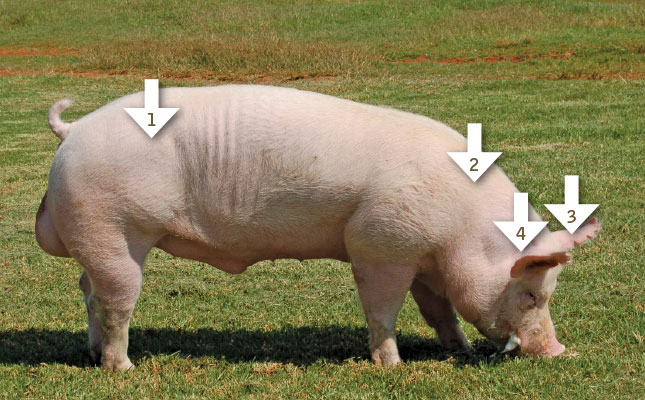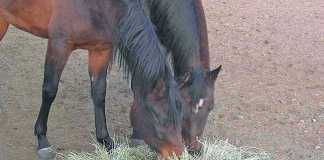
Piglets kept in concrete pens often need iron injections in their first few days. Backyard pigs should be annually vaccinated against diamond skin disease and injected with Ivomectin to control internal parasites and mange.
Sick pigs may need antibiotic injections, but it is better to leave this to a vet.
For vaccinating adult or weanling pigs, use a 5ml syringe and a short 19- or 20-gauge needle. For unweaned pigs, use a short 21-gauge needle.
To avoid transferring diseases, always use a sterile syringe and a different needle for every animal. It is a good idea to take a few extra syringes and needles along; the pig may struggle when it is injected and the syringe can end up in the mud.
Read Profit from pigs
A small freezer box is handy for carrying medicines and syringes/needles. If you use an ice pack, put it into a plastic bag to prevent syringes or needles from getting wet. Dispose of needles and syringes carefully – incineration is best.
If injecting a large sow or boar, use an old door to gently push the pig against the wall of the sty, thereby creating a ‘crush pen’.
Vaccines and deworming injections are injected subcutaneously above and behind the ear in an adult boar or sow. In younger pigs, injections can be done intramuscularly in the thick rump muscles, halfway between the hook bone and the pinbone.
Read Success with pigs
Intramuscular injections in pigs can cause bruising and scarring in the muscles and make the meat in the hindquarter unsuitable for eating.
If this is an important consideration inject subcutaneously behind the ear. Intravenous injections are generally administered into the ear vein with a short 21- or 22-gauge needle. It’s wise to ask a vet to show you how to administer the injection.
How to deal with aggression in pigs
If a pig is aggressive (most are not), loop a rope over the snout and hold it to one side, then place a second loop over the snout and gently pull it in the opposite direction. This will hold the pig still.
Alternatively, put a loop through the mouth and hold it above the pig’s head. This has the same effect as a bit in a horse’s mouth.













